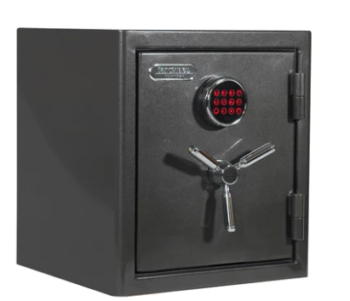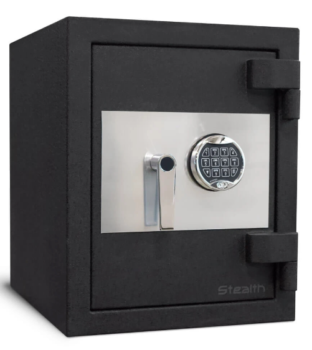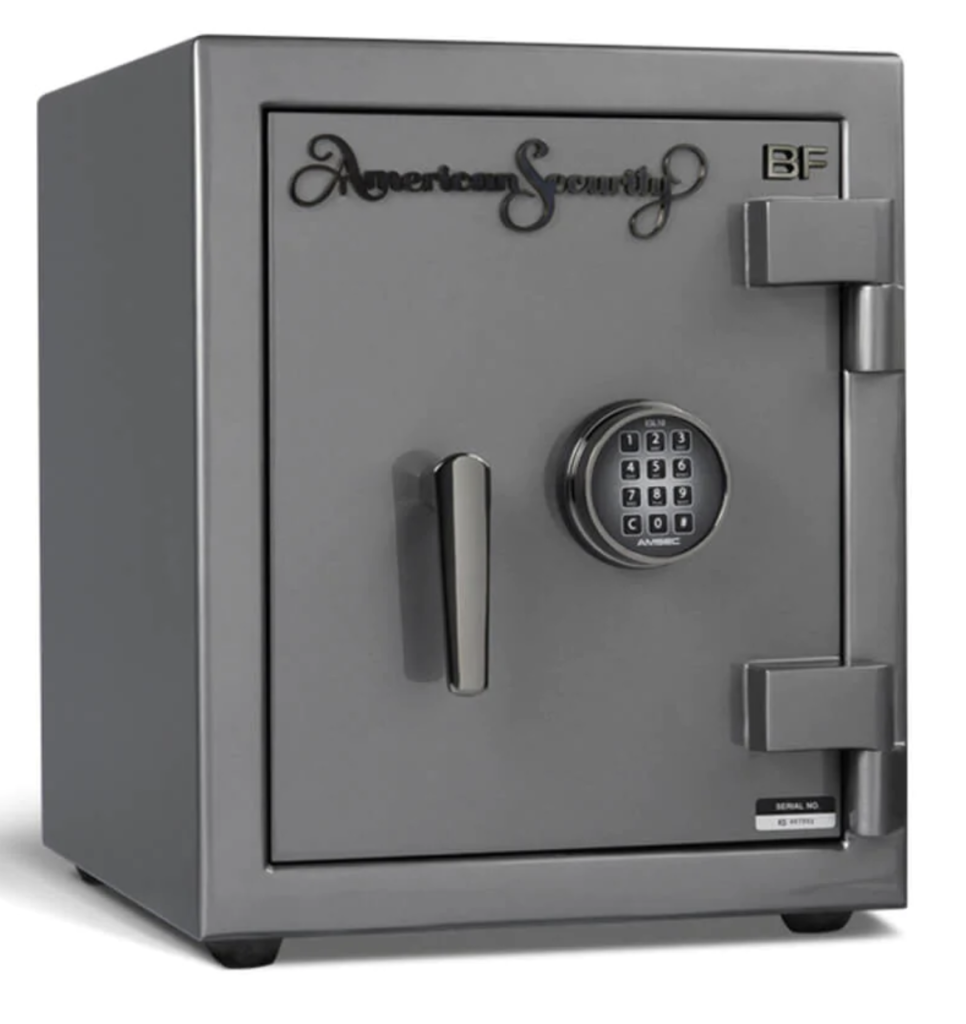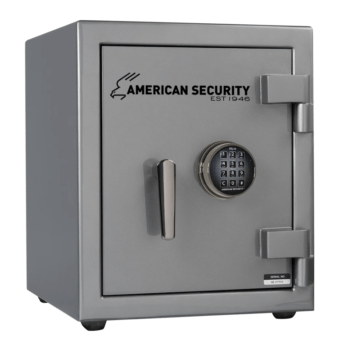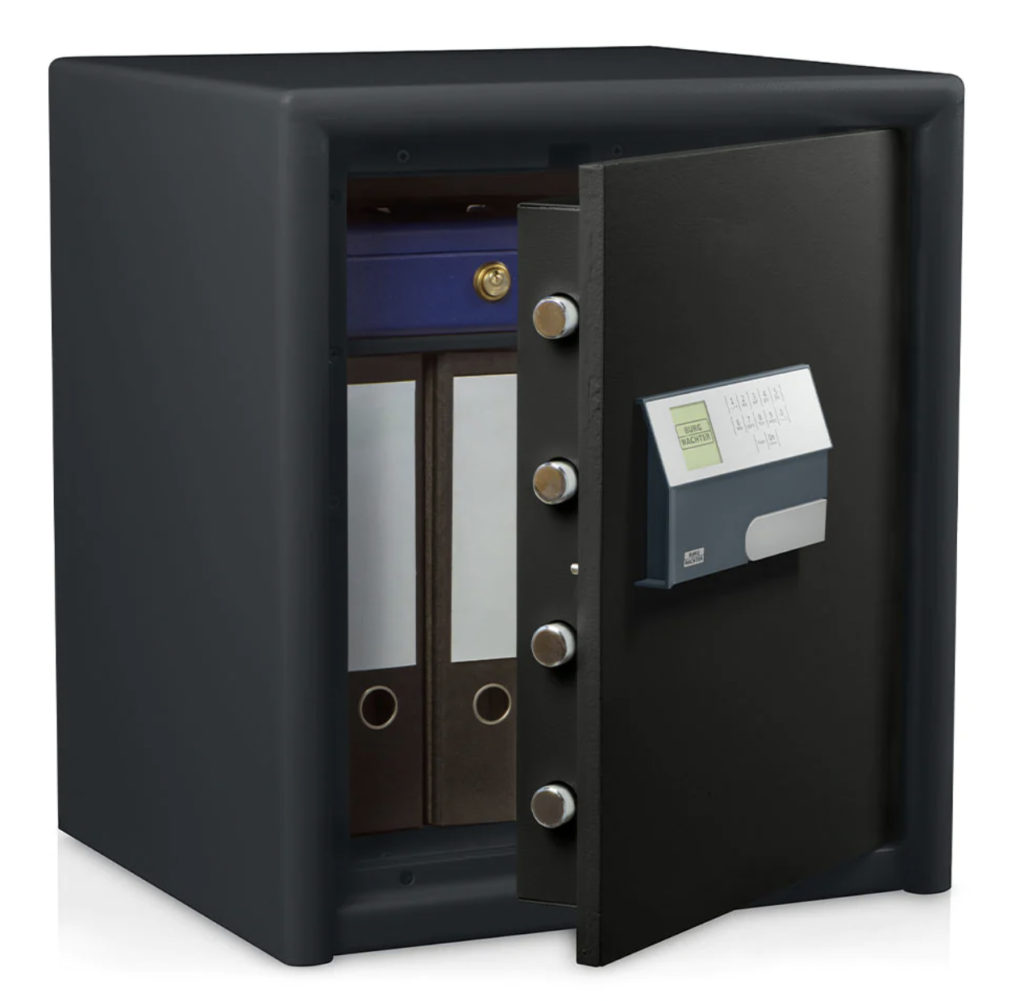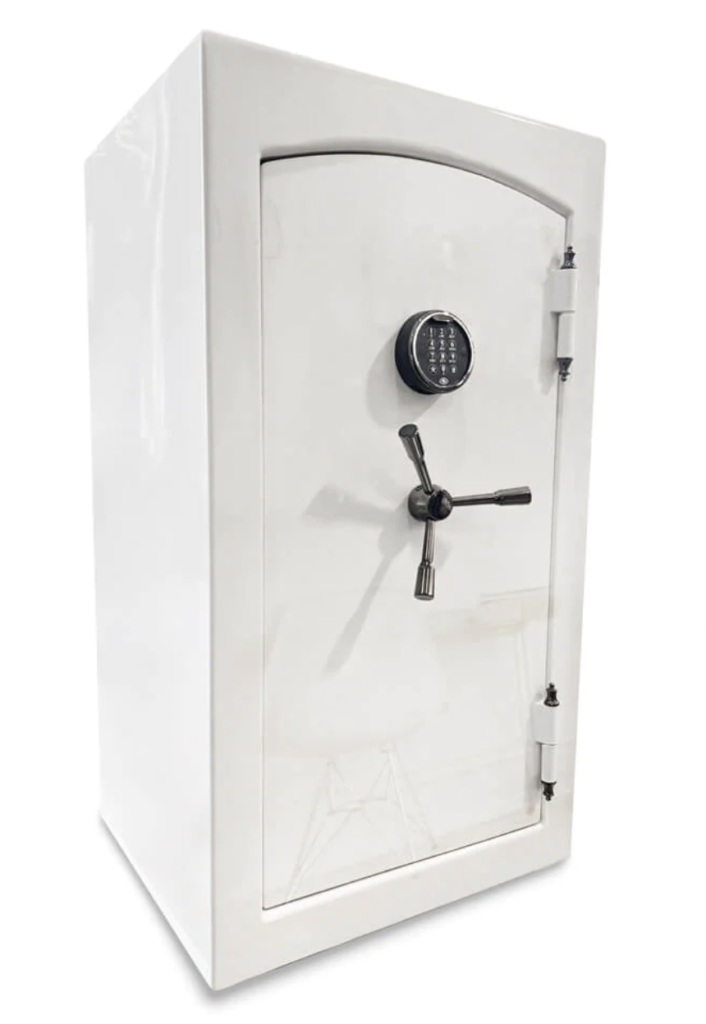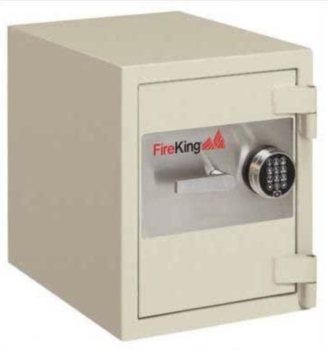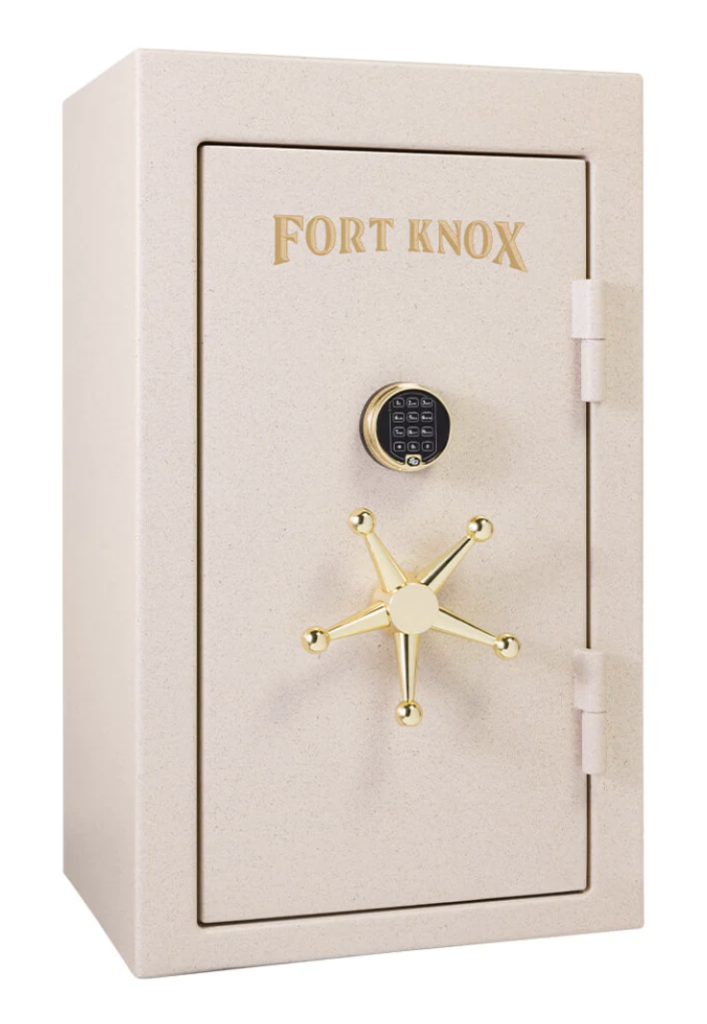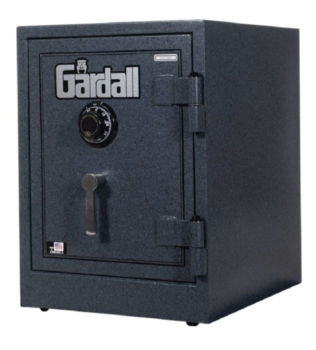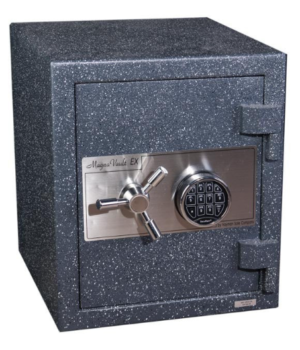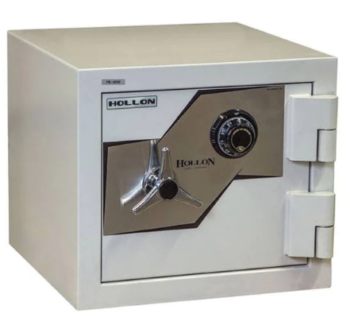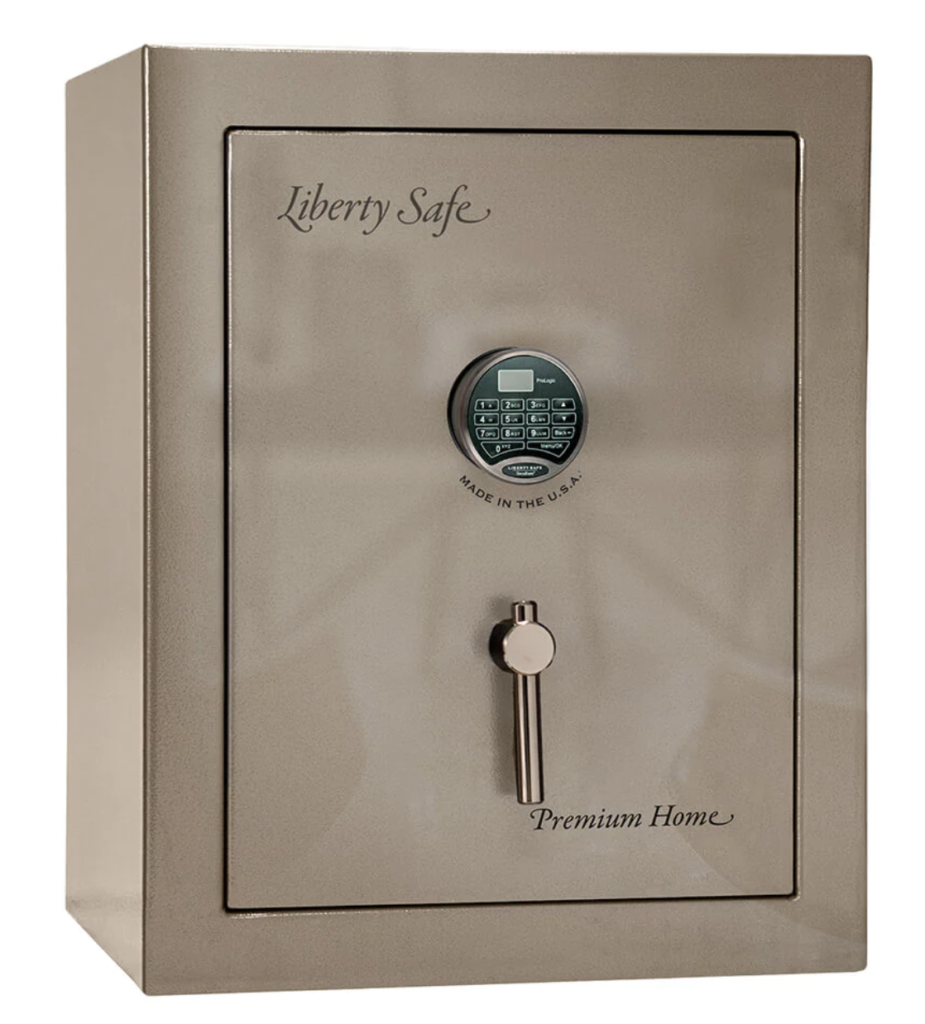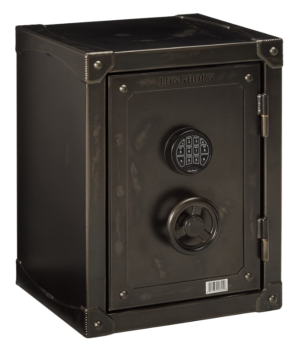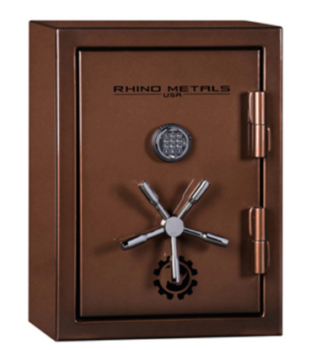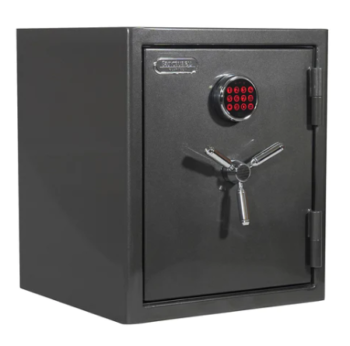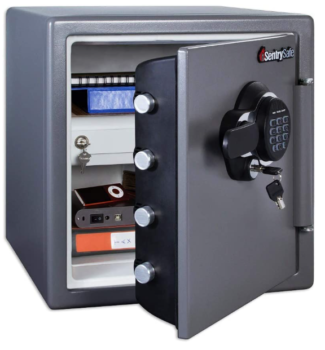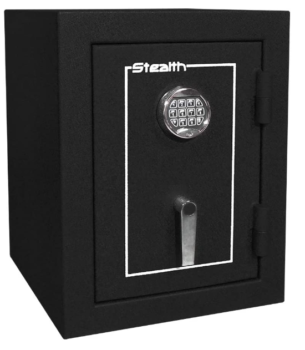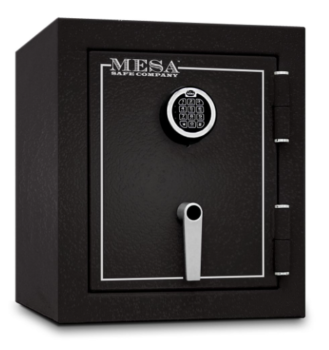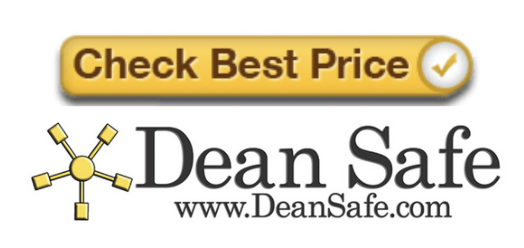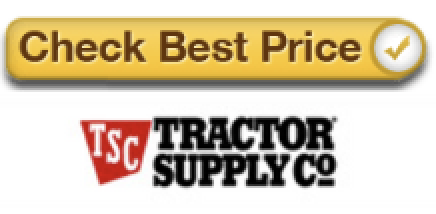Home Safes have exploded in demand over the last 20 years and with it have come new manufacturers, importers and misinformation from internet marketers writing home safe reviews to make a quick buck at your expense. So what should you look for when buying a Home safe you ask? I’m here to help break down the most important features and point you in the right direction because ultimately the Home safe you choose depends on your specific needs and budget.
Lock – Home Safe Reviews
The lock is the absolute most important component of any Home safe and this is where most Home safe reviews you read get it all wrong. They recommend the cheap safes with unrated, electronic Solenoid locks that are far too easy to break into. Think of the lock as the engine to the car. It doesn’t matter if you have the nicest seats, radio, wheels or body if the engine doesn’t work.
In the safe industry, Underwriters Laboratories also known as UL, tests and certifies the security and quality of locks. There are two main types: UL Type 1 High Security Electronic Locks which are the most secure and UL Type 2 High Security Mechanical Locks.
UL Type 1 High Security Electronic Locks
In my 30 years of experience in the safe industry, locks made by NL, S&G and Securam are the highest quality and most reliable electronic locks. Ideally, look for one level up from the cheapest option such as the NL UR-2020, SecuRam Basic or S&G Spartan Direct Drive lock. You should stay away from anything that is unbranded, unrated, operates on a Solenoid or has a key override.
The reason Electronic Locks are a higher security rating is because they have significantly more possible combinations and can not be manipulated by feel the same way mechanical locks can. In all my home safe reviews you will see I repeat how important it is to have a UL Rated high security lock over and over again.
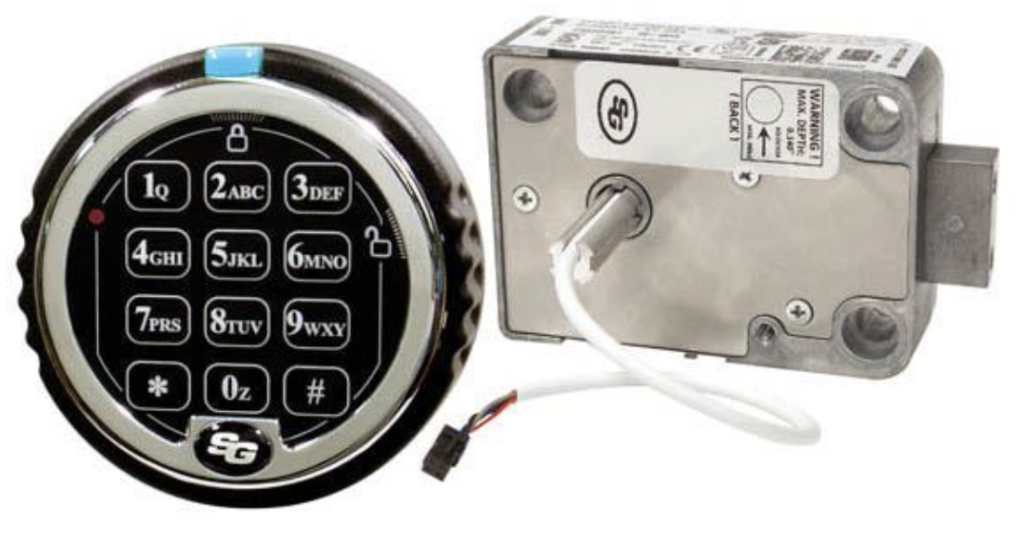
UL Type 2 High Security Mechanical Locks
Mechanical Locks are the traditional “old school” style that don’t have any electronics or require any batteries. They use a three number combination and use a dial to spin a spindle into the lock body which is located on the inside of the safe. Some customers prefer these locks because they believe an EMP attack can wipe out their electronics. Most electronic locks are now EMP tested and they all operate on replaceable batteries, so at this point it’s really not a relevant concern. The highest quality and most reliable mechanical locks are made by S&G and Big Red.
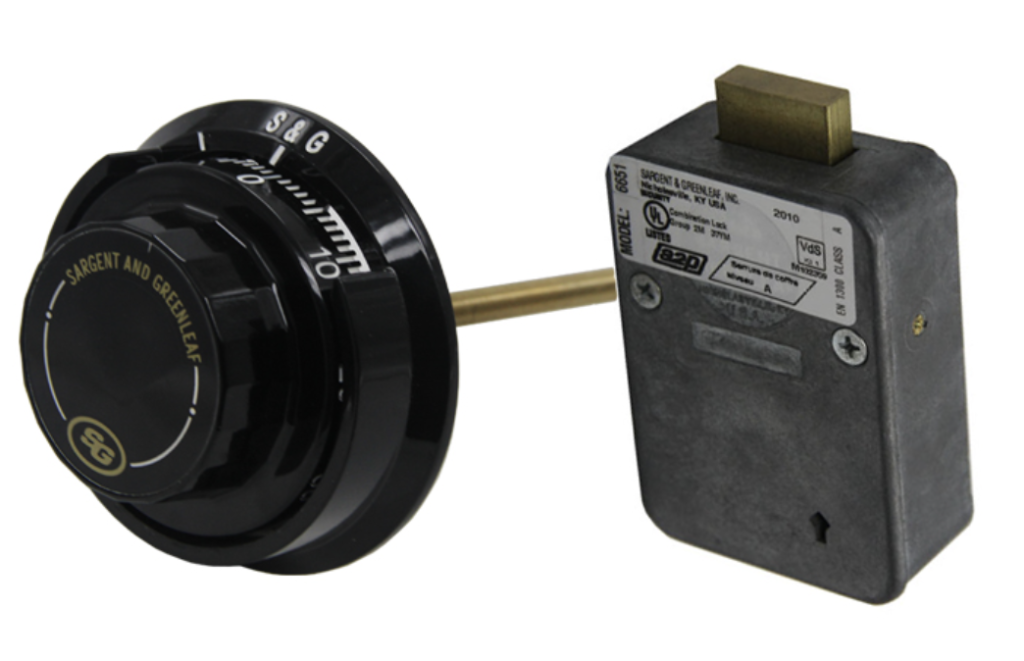
Solenoid Electronic Locks
Safes you find in stores like Tractor Supply, Costco and Walmart are the most common ones to use Solenoid electronic locks. What makes these locks so bad is they are not tested or rated by an independent agency, they don’t go through any quality control and are paired with a key override for when they inevitably fail.
They use a magnet and spring to lift up a small pin and this mechanism can be bounced open. Next, they have a reset button on the inside of the door that can be pressed with a coat wire if it is not protected. Finally, they don’t come with hard plates or re-lockers and overall should be avoided. You won’t be able to see any brand or logo on the keypad and this is usually the tell tale sign.
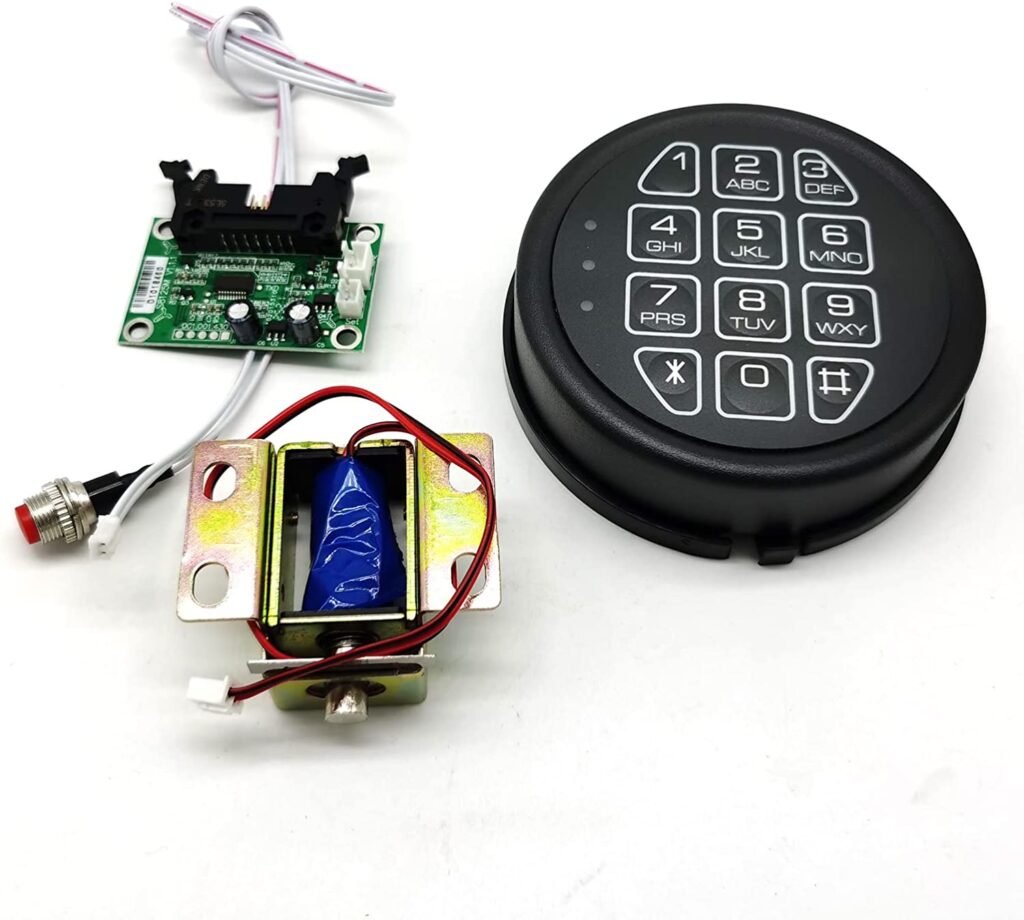
Security – Home Safe Reviews
You should look for certifications when it comes to the security of a Home safe. Most internet marketers who write Home safe reviews don’t even know these ratings exist because none of the low end brands they recommend are rated. There are two testing agencies that independently certify the security of a home safe: California Department of Justice and Underwriters Laboratories.
California Department of Justice: CA DOJ Ratings
CA DOJ has two levels of ratings, Firearm Safety Device and Gun Safe. Firearm Safety Device is the absolute most basic testing that was originally designed for handgun safes. Low end brands are now using it as a bragging point to confuse you into thinking the Home safe is secure. This test is only required for safes that are less than 12 gauge steel and don’t require hard plates, re-lockers or UL rated locks. The CA DOJ Gun Safe certification ensures it is built more similar to a UL rated safe which is much more secure.
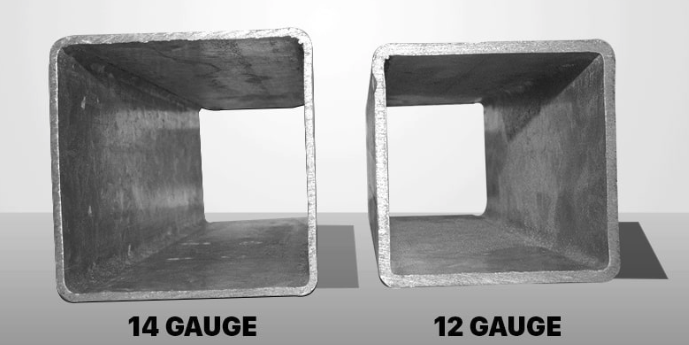
Underwriters Laboratories Residential Security Container: UL RSC
The standard minimum security rating you should look for is the Residential Security Container also known as RSC. This tests certifies that the safe can withstand a burglary attack of 5 minutes from several different standard household tools including pick axe, crowbar, drill, hammer, sledgehammer and more. To earn the RSC burglary rating, the gun safe also has to have a set of standard minimum features like a Hard plate, Re-locker, solid steel locking bolts, minimum 12 gauge steel and UL rated lock.
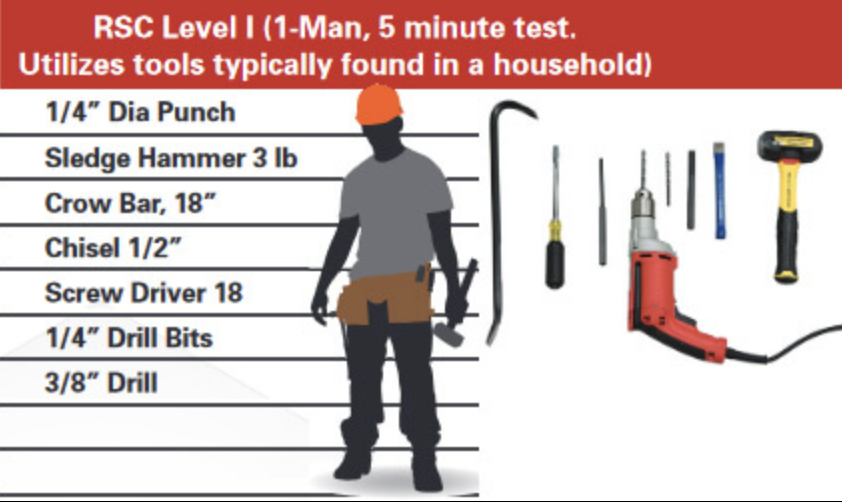
The level of security needed is dependent on the value you are placing in the safe. If you only are protecting a couple thousand dollars and a few valuables, a 14 gauge steel home safe with CA DOJ approval may be the right fit for you but if you are moving into the $10,000 plus level, an RSC home safe should be the minimum you look for. You can be sure you are getting all of the essential security features by looking for a UL RSC rated home safe.
Fire Rating – Home Safe Reviews
A home safes fire rating is also an important feature to consider when reading home safe reviews. Similar to the lock and security ratings, home safes can also have certified fire ratings by UL or ETL. Independent Lab tests certify that the manufacturer isn’t lying about their rating and proves that it was actually tested in a fire.
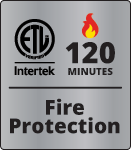
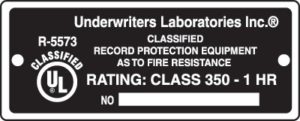
Typically, Chinese factories just claim their safes can survive the fire without actually testing it. Whereas, an independent lab like ETL or UL actually verify this claim. There are also two main types of fire insulation material that vastly vary in quality.
Gypsum Fire Board Insulation
The first is the most common which is gypsum fire board. Manufacturers just increase the number of layers in the door and body and claim that if one layer of board can last 30 minutes in a fire, then 3 layers of board can last 90 minutes. It doesn’t actually work this way and when American Security tested all of their competitors, they proved that the safe didn’t hold up as claimed. American Security did send their safes with gypsum fire board to ETL for the test and they did pass. So, it did work in their case but be aware that most manufacturers do not test their safes with ETL.
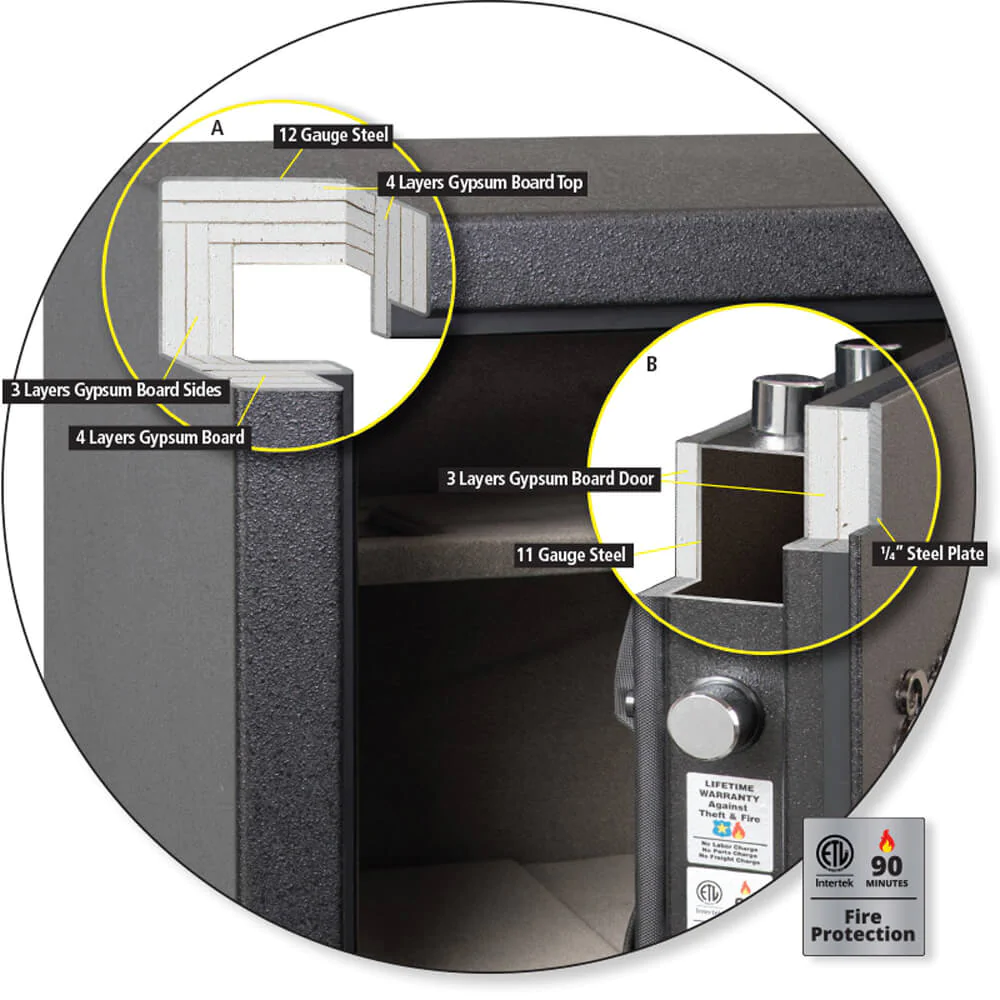
Drylight Concrete Composite Fire Insulation
American Security uses a concrete composite material called Drylight in their BF home safes. They also use a similar concrete composite material in their BFS and CSC units. FireKing, Gardall, Hayman, Hollon and Stealth also use this material in some of their home safes. This material is a significantly higher quality fire insulation material than Gypsum board. It also provides additional burglary protection making these home safes high quality for both fire and security. As always, this high quality burglary and fire protection comes at a cost because with safes, you get what you pay for.
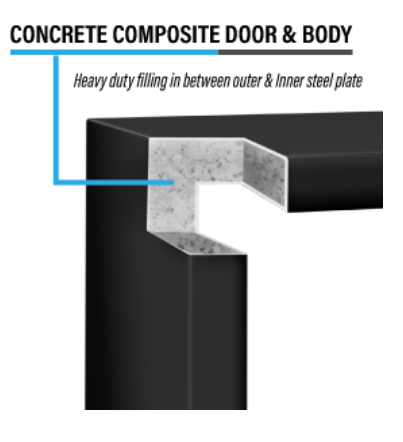
Intumescent Fire Expanding Door Seal
Another essential feature for any fire rated safe is the intumescent door seal. This seal expands to multiple times its size during a fire to keep smoke and heat out of the safe. Double check that the safe you are buying has this feature.
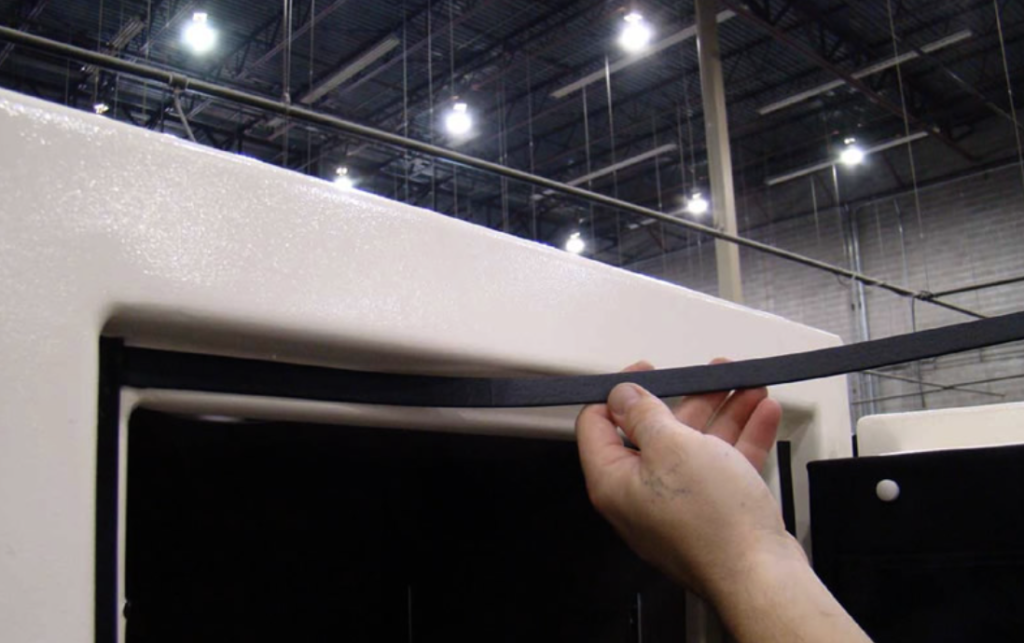
Warranty – Home Safe Reviews
The home safes warranty is very important to consider when thinking about while reading home safe reviews. The longer the warranty, the more the company believes in the product. The shorter the warranty, the more likely things will go wrong sooner rather than later.
For example Sanctuary provides a lifetime warranty on all components of the safe, Stealth provides a 2 year warranty and American Security and Rhino Metals only provide a 1 year warranty. It’s also important to note if the warranty applies to just the safe or also the lock.
Transportation Cost
Another important factor to consider is who pays for the transportation. Some manufacturers like American Security and Stealth will pay for the locksmith or safe technician to come to your home and fix it on site. Other companies like Hayman, require you to physically send the product to their warehouse for repair at your cost. So while that lifetime warranty sounds great, it’s not really practical to send a bolted down 2,000 lb safe across the country for repair.
Take a hard look at the warranty before buying just in case you have to use it. In my experience, American Security, Rhino and Stealth provide the best warranty and service in the safe industry.

Additional Features
Finally, the bells and whistles are also important to consider when reading home safe reviews. Does the safe come with lights, a door panel organizer, electrical outlet, etc? What type of shelving does it have, is the interior material going to last? These are all important factors to consider.
In my experience, Rhino Ironworks and American Security have the best quality interiors and accessories in the industry but are also the most expensive. Remember, you get what you pay for. These factors are not nearly as important as the lock, security or fire rating but still important to consider nonetheless.
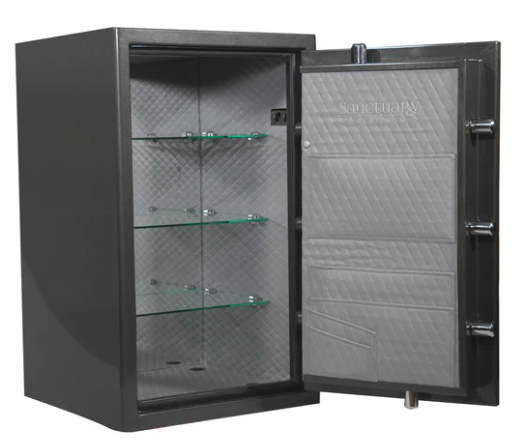
The Bottom Line on Home Safe Reviews
To summarize, here are the most important factors to think about when you ask the question: What should I look for when reading home safe reviews:
- UL Rated High Security Type 1 Electronic or Type 2 Mechanical Lock from NL, S&G, SecuRam or Big Red
- Minimum UL Residential Security Container RSC Burglary Rating
- Minimum 12 Gauge Steel Construction
- Hard plate Protecting the Lock
- Re-locker Protecting the Lock
- Minimum 1″ Thick Locking Bolts – 1.25″+ is Ideal or Military Style Locking Bars (Liberty only)
- 4-Way Bolt work is Ideal
- Independently Verified Fire Rating from ETL or UL
- Minimum 30 minute fire rating at 1200 Degrees
- Intumescent Door Seal
- Concrete Composite Fire Insulation Material such as Drylight from American Security is Ideal
- Reliable Warranty
- Minimum 2 Year Parts and Labor Warranty
- Company Pays Locksmith or Safe Tech to Fix it in Your Home and Not at Their Factory
- Lifetime Burglary and Fire Warranty
- Additional Features
- Door Panel Organizer
- Quality of Interior Material – Carpet, Wood, Laminate
- Electrical Outlet Pre-Installed
- Mounting Hardware
- Light Kit, Dehumidifier, Additional Accessories

